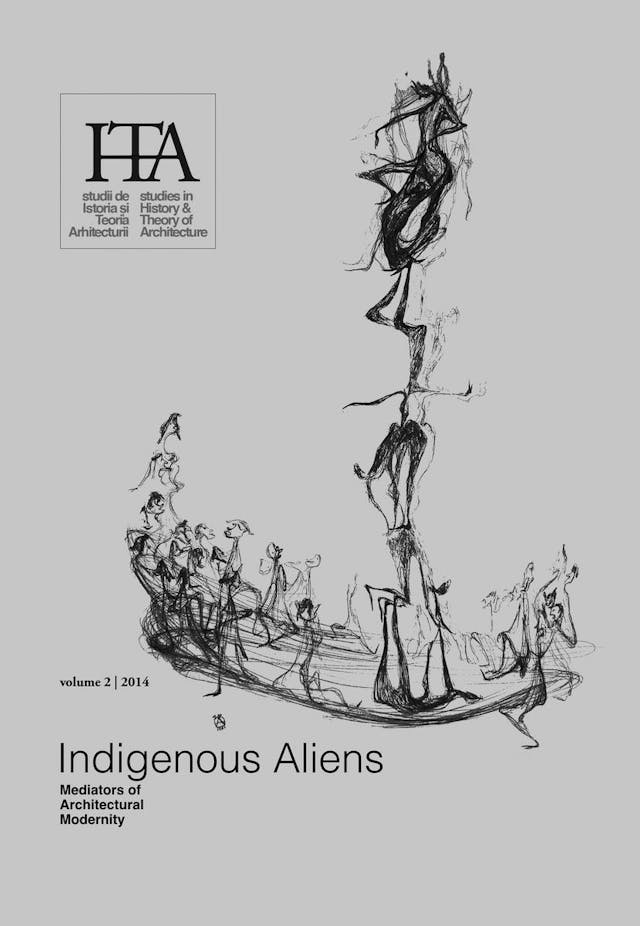An Alien Practice“Town Architects” in 19th Century Romania
An Alien Practice
“Town Architects” in 19th Century Romania
by
Horia Moldovan
Keywords
nineteenth century architecture
“town architect”
“state architect”
Organic Regulations
Wallachia
Moldavia
Despite the inherent difficulties associated with the beginning of the institutionalisation of architectural practice in Romanian Principalities, the first forms of a controlled organisation of construction activities took shape after the adoption of Organic Regulations (1831-1832). The “state architect” and “town architect” positions, the modernisation will of the elites and particularly the large number of foreign architects (mostly not recorded by the specialised historiography), brought a decisive contribution to the progress towards Romanian architectural modernity.
With administrative duties, being mostly in charge with the bureaucracy and the control of constructions, by taking over public orders or by free practice, some of these foreign architects had a consistent contribution to the aesthetic modernisation of architecture and its associated practice. The activity of “state architects” and “town architects” in the period following the implementation of the Organic Regulations in the two Principalities is a subject still insufficiently studied. This paper attempts to outline an overall picture based on the research of a small share of the rich documentary materials from archives and other secondary bibliographic sources; however the subject matter remains of course open to further detailing and refining.
Published in

Chicago citation style
DOI:
10.54508/sITA.2.02